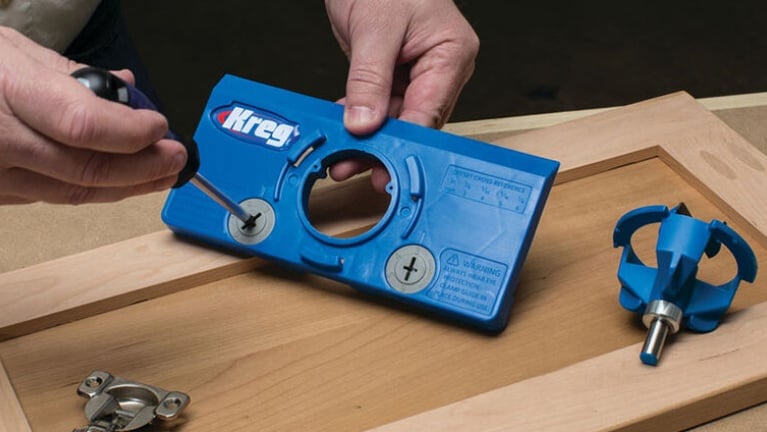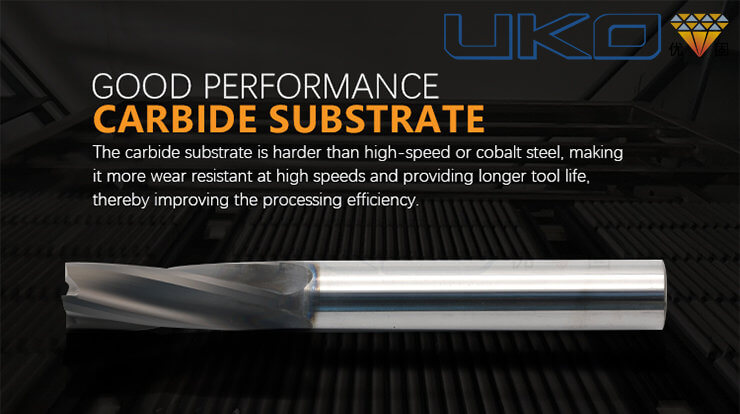The Characteristics Of The Coarse And Fine Tooth Structure Of Hydraulic Wrenches
The Characteristics Of The Coarse And Fine Tooth Structure Of Hydraulic Wrenches
The coarse and fine teeth of the hydraulic wrench are classified according to the ratchet pawl. The single tooth meshing of the ratchet pawl is called the coarse tooth, and the multi-tooth meshing is called the fine tooth. Both structures have their own advantages and disadvantages. We should carefully understand their advantages and disadvantages, and accurately select, in order to improve work efficiency and the service life of hydraulic wrenches.
The ratchet and pawl mechanism is the key mechanism in the composition of hydraulic wrenches. Each time the wrench works for a cycle, when the piston makes a return movement, the pawl must perform a “jumping” action according to the return position of the piston. When the wrench pawl “jumps teeth”, it is necessary to overcome the elastic force from the pawl spring to cause the surface friction on the joint surface of the pawl and the ratchet wheel. When the bolt pre-tightening force is very small, if the bolt pre-tightening force is less than the friction between the ratchet wheel and the pawl when the wrench returns, the bolt will reverse with the reset of the piston. In this way, the wrench will perform reactive actions of repeated tightening and loosening of the bolts. If the bolts are pre-tightened without manual intervention and the bolt pre-tightening force is greater than the friction between the wrench ratchet and the pawl, the bolts will never be tightened. Some hydraulic wrenches on the market adopt a large-teeth ratchet and pawl structure, which is a coarse-teeth design. The larger the tooth profile of the ratchet wheel, the greater the “bounce” amplitude of the pawl when the piston is reset. The larger the beating amplitude, the compression stroke or extension stroke of the pawl spring will increase, and the friction between the ratchet wheel and the pawl will also increase. Increase. In order to solve the problem of bolt reversal during operation, the coarse-tooth hydraulic wrench has added an “anti-reversal pawl” in the structural design.
Advantages of hydraulic wrench with coarse tooth structure:
- The large ratchet tooth selected for the coarse-tooth hydraulic wrench has a large load-bearing capacity of a single tooth, and it is not easy to break when the material and heat treatment meet the design standards. The ratchet wheel and pawl have a long service life.
- The wrench usually has a reaction force system to prevent the nut from reversing during the return stroke, and each stroke will emit a crisp sound, which is convenient for the operator to operate by sound. The single-tooth meshing structure is still designed for full load strength during design , The phenomenon of tooth chipping will be rare.
Disadvantages of hydraulic wrench with coarse tooth structure:
When using a hydraulic wrench with an anti-reversal function, occasionally you may encounter the phenomenon that the wrench is stuck on the bolt and cannot be removed. In order to solve this problem, the design of the wrench adds a “release trigger” (stuck release lever, quick release lever, reset trigger, etc., non-return mechanism), which is the origin of the so-called “stuck release function”. When the wrench is stuck, the solution is to pressurize the hydraulic pump or even increase the output pressure of the hydraulic pump, press the bolt again, and pull the external “release trigger” of the wrench at the same time. However, the consequence of this is to affect the efficiency of the work, and at the same time also affect the accuracy of the bolt pre-tightening force. This is the shortcoming of hydraulic wrenches with coarse teeth and anti-reversal function. The addition of this “release trigger” to the hydraulic wrench is not because the hydraulic wrench has the so-called “stuck release function”, but this device is added because of the defects of the coarse-tooth hydraulic wrench.
Advantages of fine-tooth structure hydraulic wrench:
- High strength, large fusion surface of the ratchet and pawl of the fine-tooth hydraulic wrench.
- High precision. The torque accuracy is affirmed by a stroke of the set pressure. A stroke of the fine-tooth structure is close to the set output torque according to the changing angle, while a stroke of a coarse tooth either passes one tooth or cannot pass one tooth. The set torque is not reached.
- Fast speed.
At present, some hydraulic wrenches on the market adopt a small-toothed ratchet and pawl design structure, that is, a fine-tooth design. This design reduces the friction between the ratchet and the pawl during the return stroke of the wrench. As long as the bolt pre-tightening force is greater than The friction bolt will not reverse when the wrench pawl “jumps teeth”, so there is no need to increase the “anti-reversal function”. Because the fine-tooth hydraulic wrench has no “anti-reversal function”, the wrench with this structure will not get stuck on the bolt.
Disadvantages of fine-tooth structure hydraulic wrench:
- The load-bearing capacity is small. The fine-tooth hydraulic wrench uses a small ratchet design, and the load-bearing strength of a single tooth is smaller than that of a coarse-tooth wrench.
- The fine-tooth structure requires high processing accuracy of the ratchet or pawl, otherwise it will increase the wear of the ratchet and pawl tissue and reduce the service life.
- The probability of tooth fracture is high. Although the ratchet and pawl use multi-tooth meshing to increase the load-bearing strength, the probability of tooth fracture is still greater than the design of the coarse tooth structure.
In the end
Whether it is a hydraulic wrench with a coarse-tooth structure or a fine-tooth structure, there are advantages and disadvantages respectively. Regardless of the structural design, as long as the design parameters of the product, the selection of raw materials, and the heat treatment process meet the quality standards, the product can be used normally. It can be selected according to the working conditions of the construction operation in order to give full play to the maximum performance of the product. TorcStark has many series of hydraulic wrenches, covering almost all sizes of bolts and nuts in all application fields. TorcStark also provides equipment such as bolt tensioners and hydraulic pumps to help you complete construction projects quickly and with high quality.


